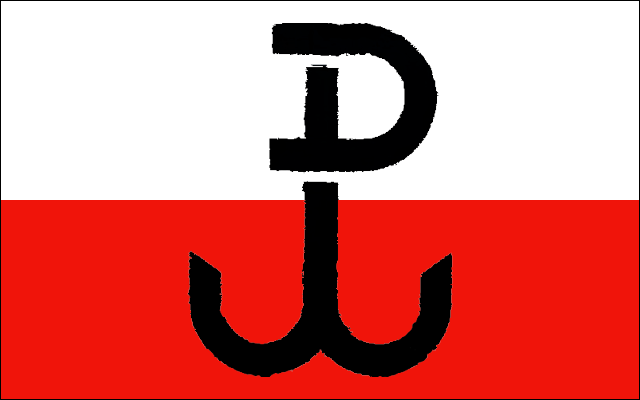It seems that every time you turn around these days there is a news story about astronomers discovering new extra solar planets. I was even remarking the other day that I really don’t remember it being a big deal in the media 15 years ago when the first such planet was discovered. But of somewhat more immediate importance is the search for near Earth objects — asteroids.
With movies like Armageddon and Deep Impact, the question of why locating asteroids is important is something that is fairly obvious to most people. And Phil Plait just hosted a new show on Discovery Channel called Bad Universe that takes a look at the science behind asteroid and comet impacts. But just how many asteroids do we know about and how much are we doing to find them?
Well, a week ago, a video was released that mapped the location of all the asteroids discovered since 1980.
It’s a rather hypnotic video, really. But it is somewhat deceptive. Nothing other than the planetary orbits is depicted to scale. Each asteroid is a pixel, but the detectable asteroids range in size from several hundred feet to several hundred miles across. In the video, green dots are asteroids which do not pass close to the Earth any time soon, yellow dots are asteroids which are approaching the Earth but are not crossing our orbit, and red dots are asteroids which have crossed or will cross the Earth’s orbit. An interesting note to consider when watching the video is that until very recently we were only detecting asteroids that were located 180 degrees away from the sun in relation to the Earth. That’s because the primary way of finding them is the light reflected off them from the sun (in the same way that we can see the moon.) The more recent pattern of detection covers areas 90 degrees away from the sun thanks to a new satellite launched in 2008 or 2009 which is much more sensitive to the reflected light from asteroids in those areas.
So, as of 2010, there are over 500,000 known asteroids. Only 300 of those are on currently Earth-crossing orbits. The video is based on information put together by astronomers at Armagh Observatory, and there is a much more in-depth explanation of the information there. And they make a very important point that space is three dimensional — not all of these asteroids are on the same plane. They provide a close up of the asteroids within 0.3 AU (1 AU = the average distance between the earth and the sun) and use lines to show that each asteroid is either above or below the plane on which the sun and the earth both lie. The arrows show the direction in which the asteroid is moving and if the arrow extends from the bottom of a line, they are below that plane and if from the top of a line, they are above the plane, and the longer that line, the farther from the plane the asteroid is.




 And on a related note, September 1 also marks the halfway point for the Warsaw Uprising of 1944 in which the Polish resistance — the Home Army — attacked the German military which was in control of the city. It was intended to be a coordinated effort in which the Soviet army would attack the German forces from outside the city and in which the RAF, South African Air Force and USAAF would provide supplies and reinforcements by air drop. But the Soviets refused the RAF and USAF permission to land on Soviet air fields to refuel and stopped their advance on Warsaw, leaving the resistance fighters to fend for themselves for just over two months.
And on a related note, September 1 also marks the halfway point for the Warsaw Uprising of 1944 in which the Polish resistance — the Home Army — attacked the German military which was in control of the city. It was intended to be a coordinated effort in which the Soviet army would attack the German forces from outside the city and in which the RAF, South African Air Force and USAAF would provide supplies and reinforcements by air drop. But the Soviets refused the RAF and USAF permission to land on Soviet air fields to refuel and stopped their advance on Warsaw, leaving the resistance fighters to fend for themselves for just over two months.
